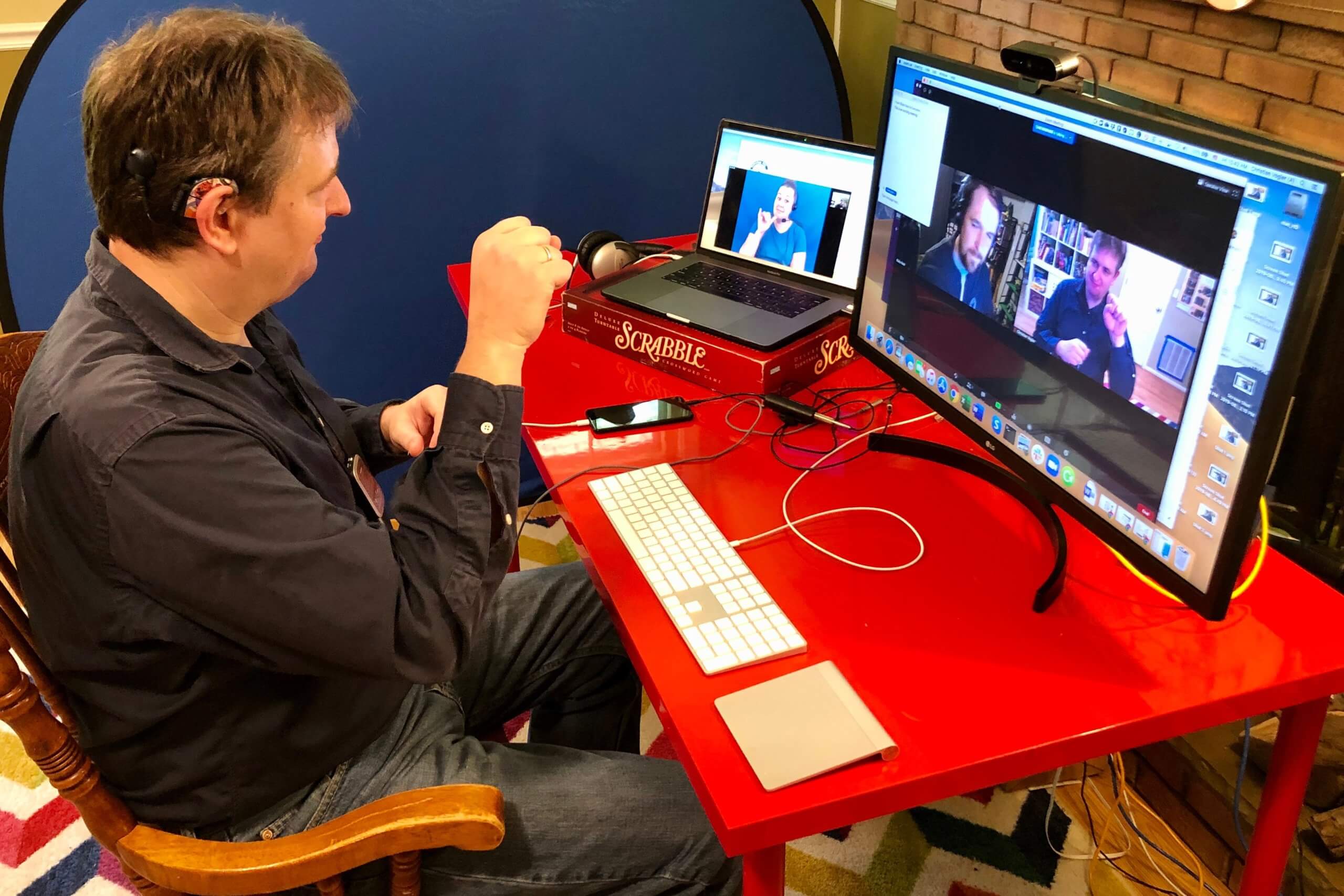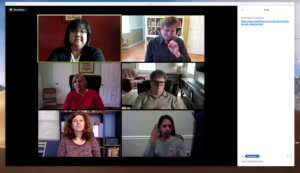
The COVID-19 pandemic has many ramifications for telehealth and telework accessibility. Blake Reid, Zainab Alkebsi and RERC Director Christian Vogler examine technical and legal angles in a Colorado Law Review essay, as well as a virtual roundtable hosted by Silicon Flatirons.
The essay and the event address disability law’s COVID-related “frailty”: how the pandemic has undermined equal access to employment and healthcare for Americans who are deaf, hard of hearing or DeafBlind as healthcare and employment migrate toward telehealth and telework activities. They touch on some of the difficult legal and technical issues we have encountered in healthcare and workplace accessibility for Americans who are deaf, hard of hearing or DeafBlind in the pandemic-induced virtual world.
- Watch the video (ASL, voiceover and closed captions) – Transcript
- Silicon Flatirons event page
- Read the article: Blake E. Reid, Christian Vogler, and Zainab Alkebsi, Telehealth and Telework Accessibility in a Pandemic-Induced Virtual World, Colo. L.R. Forum (Nov. 9, 2020)
- COVID-19 technology resources


